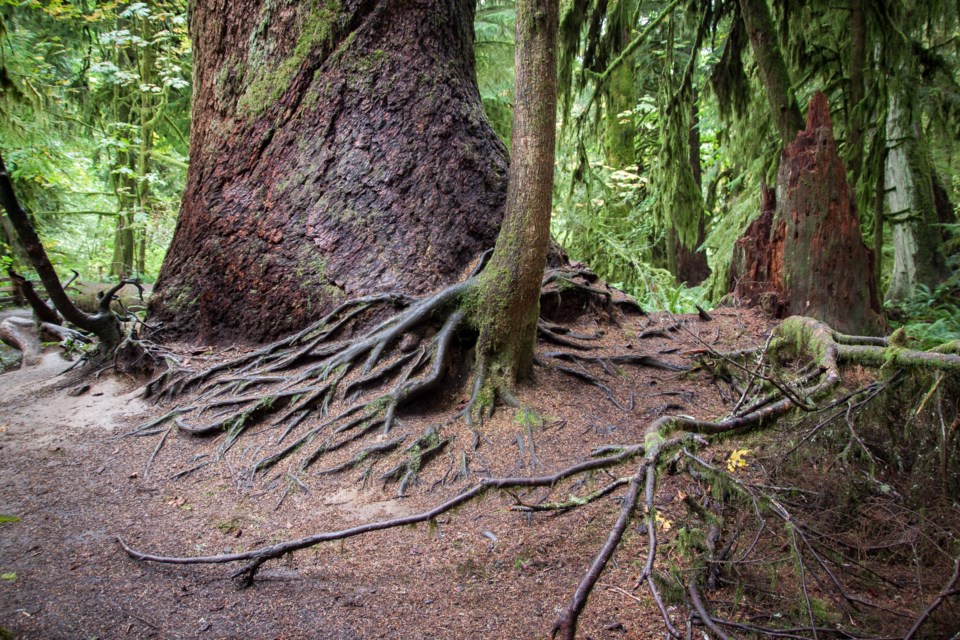This 6% of the land base is overwhelmingly in lower elevations, and there are very few forests left in these areas.
These are the areas that have or previously had the highest levels of biodiversity.
If a small percentage of landowners decide that the forest they have maintained should not be clearcut and subdivided and that flora and fauna on that property should be kept intact — they can make a difference.
The land can be left in trust to preserve the natural forest.
These forests, even if small, will provide a refuge for wildlife and may provide a passageway for migrating wildlife.
Of course, in most cases, property owners will want to leave their property to their children, or the owner may need to sell to have enough money for retirement.
However, there will be a few cases like mine where the owner does not have children and is not struggling financially in retirement.
If the property is left as an inheritance, it will be to members of his family, who have not lived on the property and maintained the forest and would very likely prefer cash over property.
They will sell it to a developer, and it will be clear-cut and often subdivided.
I want to ask landowners interested in the preservation concept to contact me for further discussions.
I can be contacted by email at: [email protected].
Wim Tewinkel
Poole Creek



